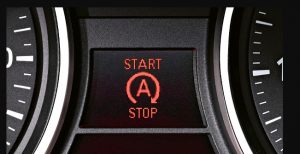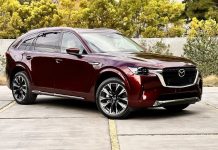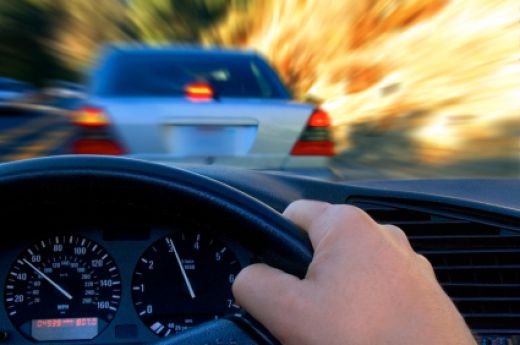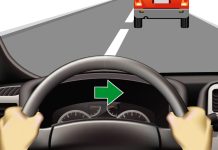Here’s the latest reader question, along with my reply!
Bill asks: I read a lot of articles about the disadvantages of auto-stop/push-button ignition but no one gives a list. Is there an inventory of them somewhere?
My reply: Well, first, they are two distinct things. Not all cars that have push-button (keyless) ignition have automatic stop/start (ASS) though it is true that most cars that have ASS have push-button start. 
The latter preceded the former, both developmentally and in terms of being built into new cars.
Ok, so the pros – and cons – of each.
Let’s start with push-button ignition. The pros are a degree of convenience in that you don’t need to fumble for a mechanical key to insert into a lock/ignition switch. Instead you carry a transmitter fob on your person and the car will generally recognize you as you approach or automatically unlock the door when you pull on the door handle or touch a small button near it. Once inside the car, you start the engine by . . . pushing a button.
The cons include much greater complexity/fragility – and thus, odds of eventual failure – and higher expense to fix (replace) the components. For example, you won’t hurt a metal/mechanical key if you leave it in your pocket and it gets run through the wash. But this may ruin an electronic transmitter fob. And replacement key fobs can’t be cut at any hardware store for $10 or so. Replacements – even the aftermarket ones – often cost many times that sum and there is the hassle of having to get it keyed – programmed – to your vehicle, usually at a dealership.
As regards ASS:
The pro – singular – is a slight mileage uptick, around 1 MPG overall. The cons – plural – are similar to those of pushbutton ignition. You have added considerably to the complexity of the system, which adds both expense up front as well as increases the chances of having to get something fixed down the road (the more complex any system is, the more failure prone it is – an engineering maxim). You’ve also added to the load placed upon the charging system, i.e., the battery and alternator. It is very probable the battery will not last as long due to the heavier discharge/recharge cycling and ditto the alternator, which will be charging the battery more because the battery is being discharged more – because it is constantly re-starting the auto-stopped engine.
There is also, in many cases, the con of noticeable “paint shaker” re-start cycling; many people find this unpleasant – me among them – especially given the negligible fuel economy “benefit.”
Hope this was helpful!
. . .
Got a question about cars, Libertarian politics – or anything else? Click on the “ask Eric” link and send ’em in!
If you like what you’ve found here please consider supporting EPautos.
We depend on you to keep the wheels turning!
Our donate button is here.
If you prefer not to use PayPal, our mailing address is:
EPautos
721 Hummingbird Lane SE
Copper Hill, VA 24079
PS: Get an EPautos magnet or sticker or coaster in return for a $20 or more one-time donation or a $10 or more monthly recurring donation. (Please be sure to tell us you want a magnet or sticker or coaster – and also, provide an address, so we know where to mail the thing!)
If you’d like an ear tag – custom made! – just ask and it will be delivered.
My latest eBook is also available for your favorite price – free! Click here. If that fails, email me at [email protected] and I will send you a copy directly!










